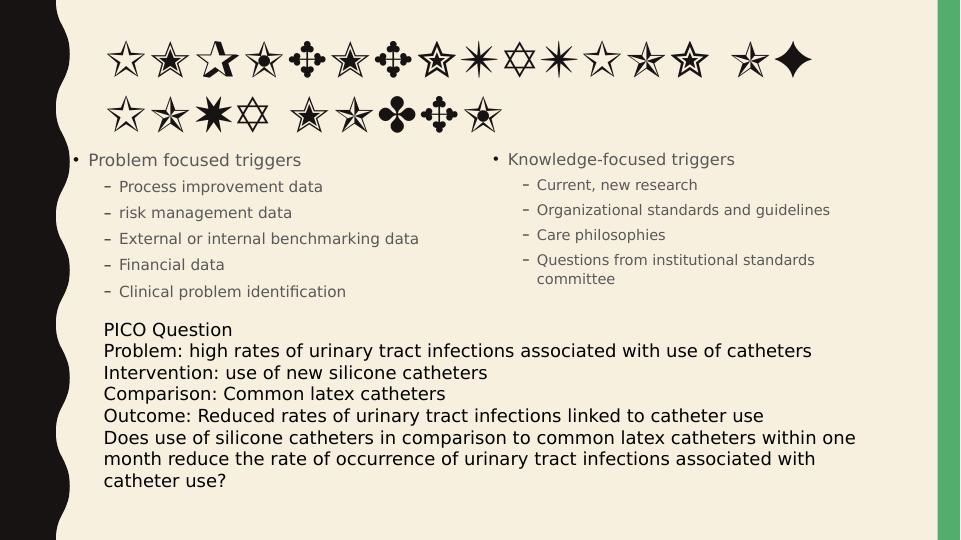Implementing Iowa EBP and Kotter and Cohen's Change Models in Clinical Practice
Added on 2023-03-29
11 Pages1180 Words141 Views
End of preview
Want to access all the pages? Upload your documents or become a member.
Change Theory for EBP Utilization
|11
|2128
|9
Evidence Based Article Appraisal for Urinary Catheterization Studies
|12
|2263
|397
Evidence-Based Practice Model and Change Model
|18
|981
|78
Evidence-Based Practice Model (EBP) - Desklib
|5
|913
|228
Translation Action Plan for Reducing Catheter-Associated Urinary Tract Infections
|10
|1721
|329
Matrix Worksheet Template | Assignment
|4
|1218
|27




